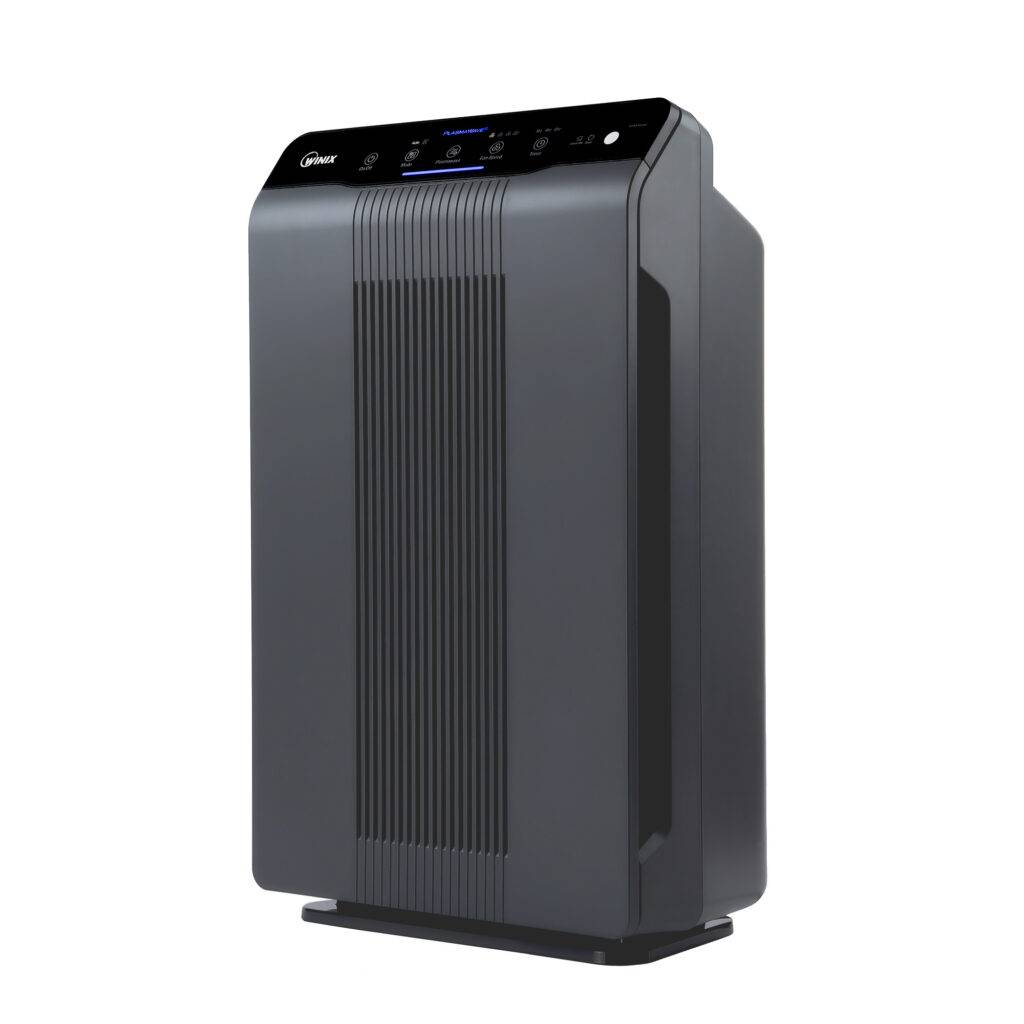It is estimated that the average person spends about 90% of their time indoors, making the quality of indoor air one of the most important factors in overall health. Indoor air can be up to five times more polluted than outdoor air, and even homes that are well-ventilated can have high levels of indoor pollution.
One way to improve indoor air quality is to use an air purifier. Air purifiers work by trapping harmful airborne particles and removing them from the air, providing clean, fresh air for you and your family to breathe.
There are a variety of different types of air purifiers on the market, each with its own strengths and weaknesses. The most important factor in choosing an air purifier is to choose one that is right for the specific needs of your home.
What are the different types of air purifiers?
The three most common types of air purifiers are mechanical filters, activated carbon filters, and ozone generators.
- Mechanical filters are the most common type of air purifier. They work by trapping particles in a mesh or paper filter. The size of the particle that can be trapped by a mechanical filter depends on the size of the pores in the filter. The most common type of mechanical filter is the HEPA filter, which can remove 99.97% of particles that are 0.3 microns in size or larger.
- Activated carbon filters work by adsorbing contaminants onto their surface. Activated carbon filters are especially effective at removing volatile organic compounds (VOCs), odors, and smoke.
- Ozone generators release ozone gas into the air. Ozone is a powerful oxidizer that can remove a variety of airborne contaminants. However, ozone generators can also be harmful to human health, so it is important to choose one that is certified by the EPA to be used in occupied spaces.
What are the benefits of using a home air purifier in Lincoln and other areas in the US?
There are a number of benefits to using an air purifier, including:
- Improved air quality– Air purifiers can remove a variety of airborne contaminants, including dust, pollen, pet dander, mold spores, bacteria, and viruses. This can lead to improved air quality and reduced symptoms of allergies and asthma.
- Reduced risk of respiratory infections– By removing harmful airborne particles from the air, air purifiers can reduce the risk of respiratory infections.
- Elimination of odors– Air purifiers can also remove odors from the air, leaving your home smelling fresh and clean.
What are the drawbacks of air purifiers?
There are a few potential drawbacks to using an air purifier, including:
- Initial cost– Air purifiers can be expensive, especially if you need to purchase multiple units for your home.
- Maintenance cost– Air purifiers require regular maintenance, including replacing filters on a regular basis.
- Potential health risks– Some types of air purifiers (ozone generators) can actually be harmful to human health if used improperly. It is important to choose an air purifier that is right for your needs and to follow the manufacturer’s instructions carefully.
- Inconvenience-Air purifiers can be loud and can require regular maintenance. It’s important to weigh the pros and cons of using an air purifier before making a purchase.

